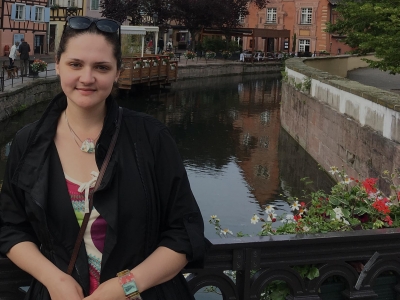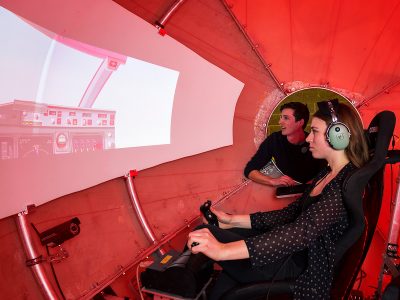Lead image by iStock
By Jena Lynde-Smith
Photos by Brenna Mackay
Each year, more carbon dioxide (CO2) — the most dangerous and prevalent greenhouse — is released into the atmosphere than the Earth’s natural processes can remove. A large contributor to global warming, CO2 emissions come from burning fossil fuels for energy. Mines, mills, powerplants and factories are releasing excessive amounts every day — making the industrial sector Canada’s largest source of greenhouse gases.
Reza Kholghy, an aerospace and mechanical engineering professor and principal investigator in Carleton University’s Energy and Particle Technology Laboratory, believes using metals as fuel to store and release energy could reduce gas emissions and other pollutants released when we burn fossil fuels.
“Metals, when oxidized with another substance like water or oxygen, can generate power,” Kholghy says. “We have been working with a reactor that has shown us just how multi-faceted this power can be.”
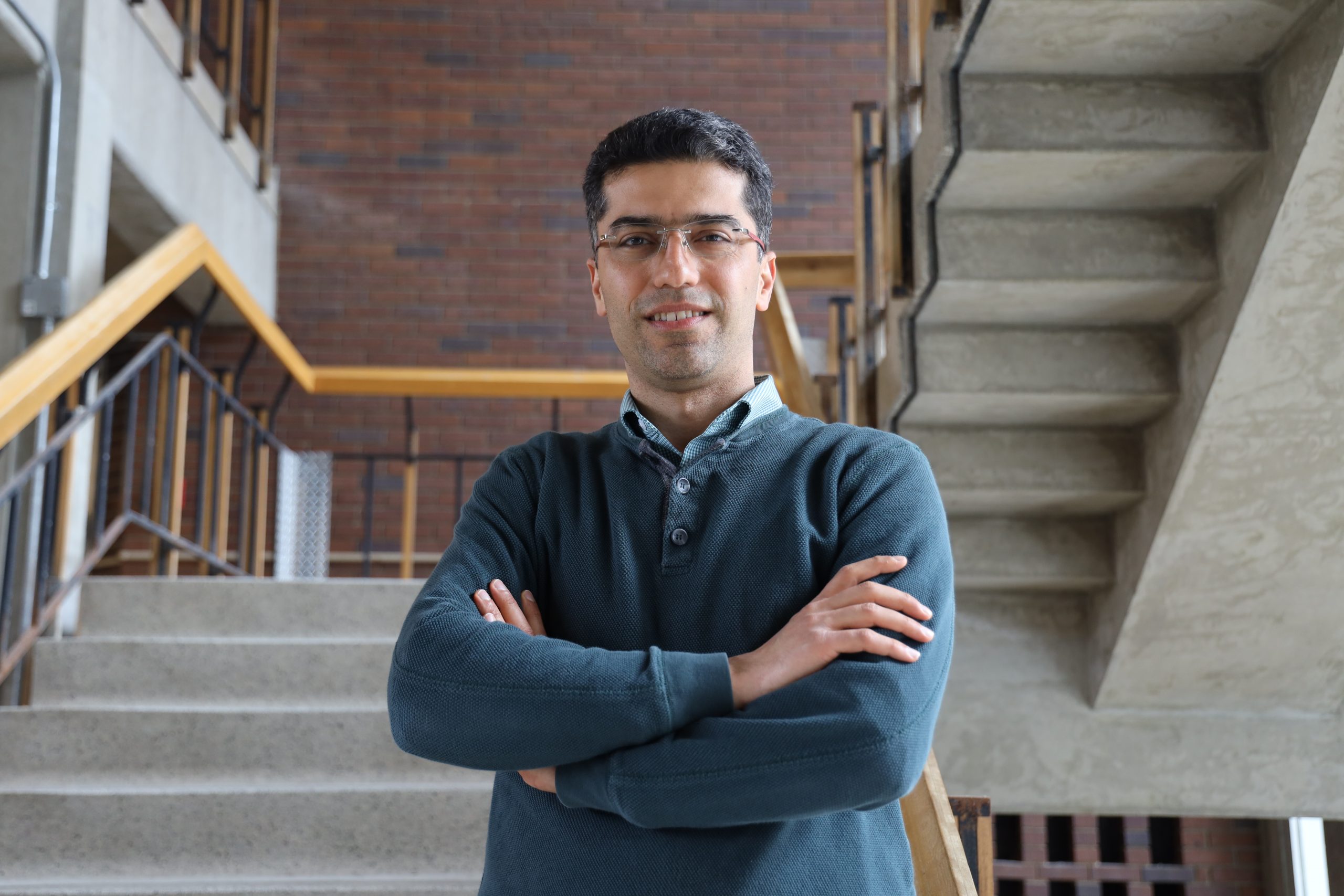
Reza Kholghy
Burning Metals to Produce Pollution-Free Energy
The reactor, built by the lab’s industrial partner GH Power Inc, burns metals to produce and store hydrogen fuel. It has been called a zero discharge power plant because it creates no pollutants and everything it produces is a valuable commodity.
GH Power Inc. approached Kholghy in 2020 for input into the plans for their reactor.
“It ended up being the perfect match,” Kholghy says of the partnership. “My background is energy conversion and particle technology, and I always was looking for directions on carbon-free energy conversion.”
With his guidance, the company built a test-sized reactor — about the size of a soccer ball — in Kholghy’ s lab. The Carleton team has since tweaked its construction and perfected the metal properties needed to extract high grade heat, carbon-free hydrogen that can be used to generate electricity, and other valuable materials such as metal oxides.
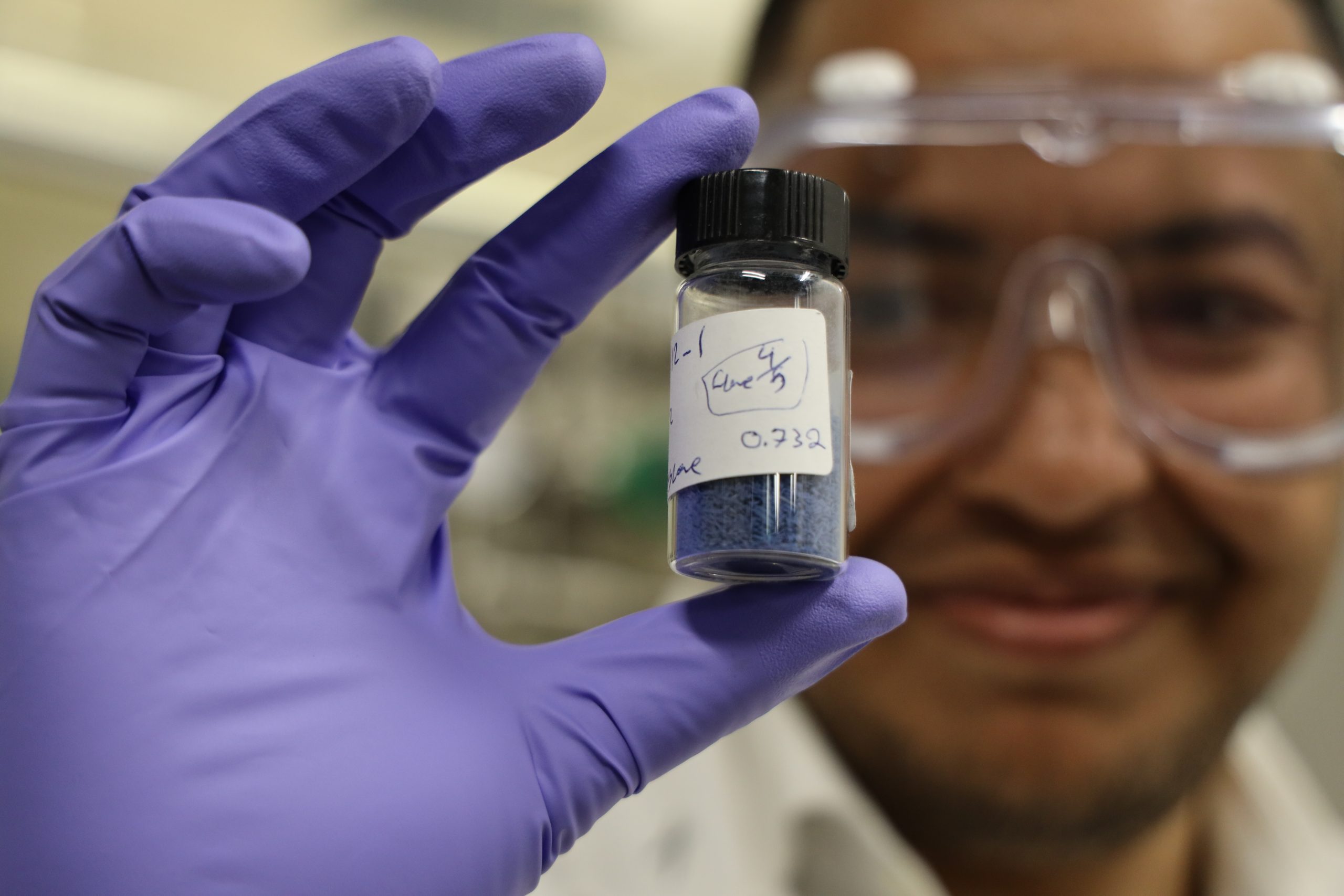
Canada produces aluminum with one of the lowest carbon footprints in the world.
The process is fairly simple. First, the metal of choice — Kholghy’ s team mainly focuses on aluminum — is shredded to bring it down in size. Then it is mixed with oxygen or water based on a specific ratio that will cause a reaction.
The metal mixture is then fed into the mouth of the reactor and after a few minutes ignites, prompting the reaction. This combustion produces various things. When mixing aluminum and water, it creates high-grade heat, which can be harnessed from the walls of the reactor; solid alumina (or aluminum oxide) powder, which is collected from a tray underneath; and most importantly, hydrogen gas, which exits the reactor from the top.
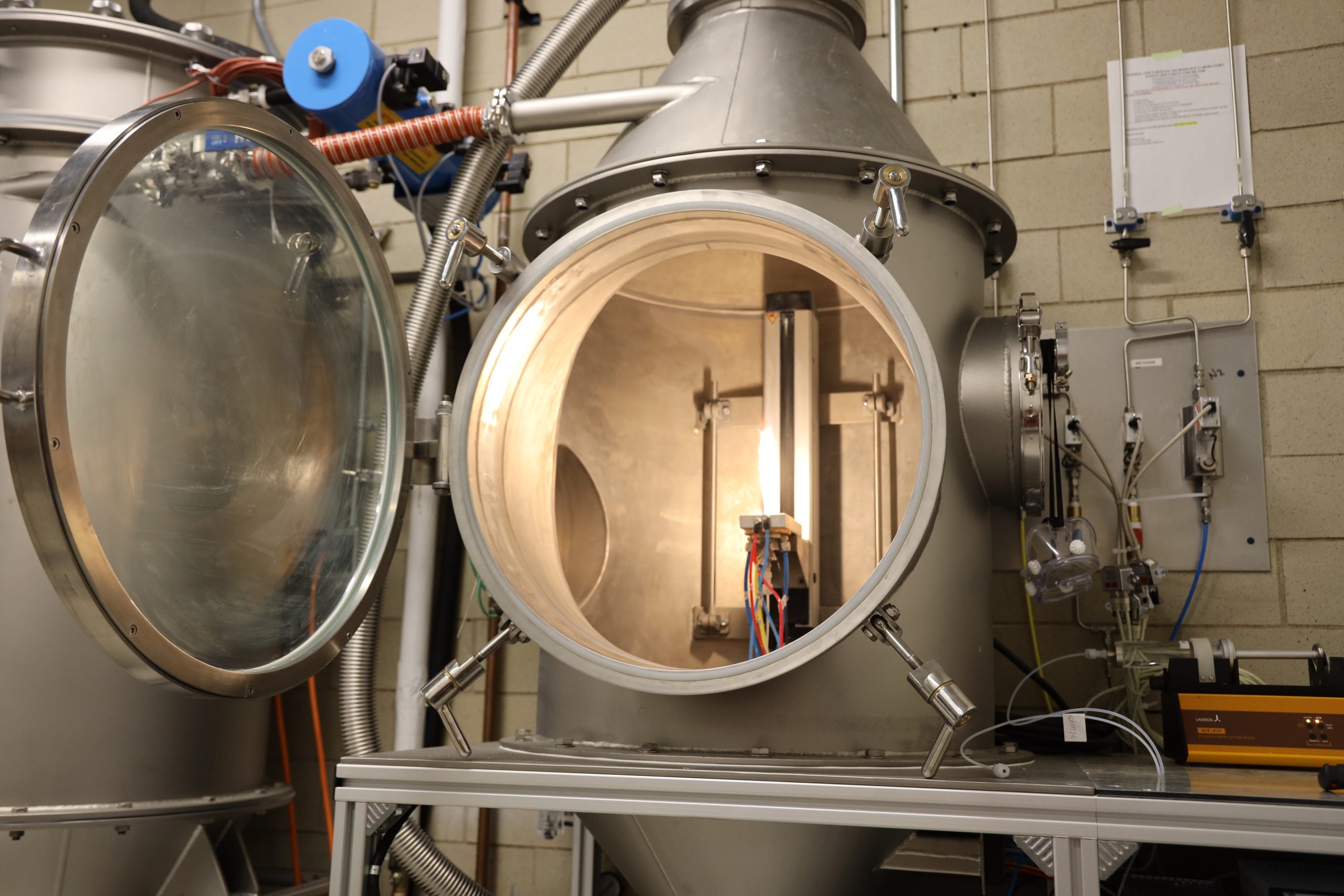
A reactor in Carleton’s Energy and Particle Technology Laboratory that informed the construction of Kholghy’s reactor with GH Power.
“Everything this reactor creates is useful,” Kholghy explains.
“The alumina the reactor produces can either be recycled back into aluminum metal to go through another cycle of energy storage, or it can be used in making highly valuable products like LEDs and batteries. The hydrogen gas it releases can generate electricity in fuel cells or even in gas turbine engines and, when burned, it only produces power and water. There’s no pollution.”
Removing Barriers to Clean Fuel Sources
Despite being a carbon-free and easily produced source of renewable energy, hydrogen gas hasn’t been used on a large scale because of how difficult it is to store and transport. Kholghy’s reactor removes this barrier by creating hydrogen on the spot, eliminating the need to transport it. The reactor’s process for generating hydrogen is self-sustained. This means it can be used on-demand and off-grid, making it useful in remote communities that currently rely on diesel fuel for power.
“By creating hydrogen fuel immediately and removing the need to store and transport it, our reactor is not only making renewable energy accessible, but also viable long-term,” says Kholghy.

Kholghy’s reactor produces hydrogen gas on the spot, removing the need to transport it.
Once implemented at a location, the only materials that need to be transported to the are the metals. Unlike hydrogen, metals are simple to move.
“Metals can be stored for long periods of time without any loss in energy,” Kholghy says.
“This means we can produce metals at one point and then send them to a different location or trade them across the globe. Canada also produces aluminum with one of the lowest carbon footprints in the world, making this abundant resource a pathway to carbon-free energy storage, production and trade.”
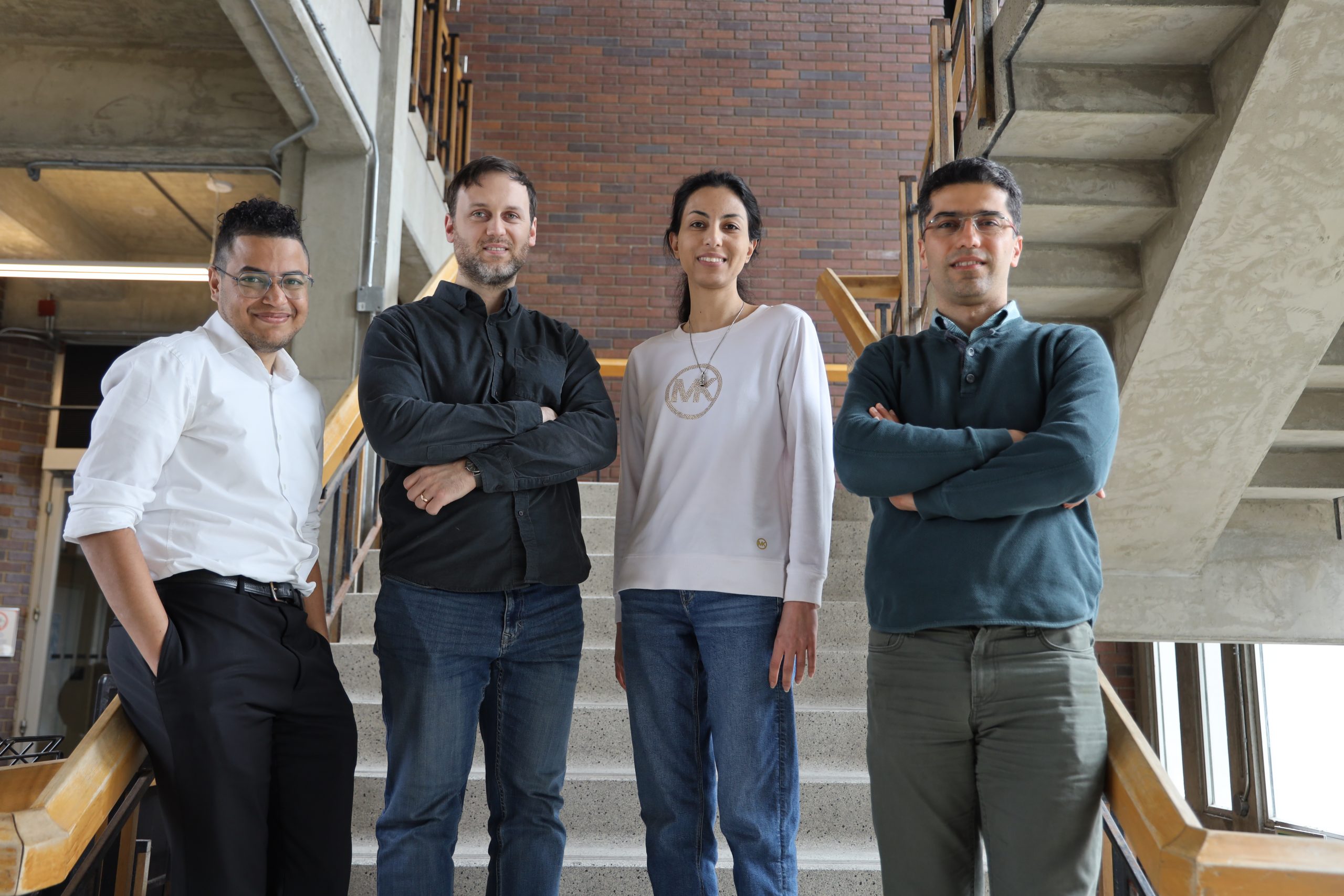
Keroles Riad (Postdoctoral Research Fellow), Florin Saceleanu (Postdoctoral Fellow and Lab Manager), Mahsa Salehi (PhD student) and Reza Kholghy (Professor and Principal Investigator).
Kholghy’s lab includes seven graduate students, and two postdoctoral fellow scientists whom he says have been invaluable for pushing this work along. Additional collaborators include fellow mechanical engineering researchers Metin Yaras and Rong Liu. Yaras provides guidance on how to manage significant amounts of heat and Liu looks at material selection and assessment. If their research is successful, Kholghy hopes that one day this pollution-free form of energy production will be introduced across all Canadian sectors.
“I believe this work is one big step towards the road to net-zero,” Kholghy says, “and will drastically help with clean economic growth for Canada.”
Tuesday, May 9, 2023 in Engineering, Innovation, Research
Share: Twitter, Facebook
